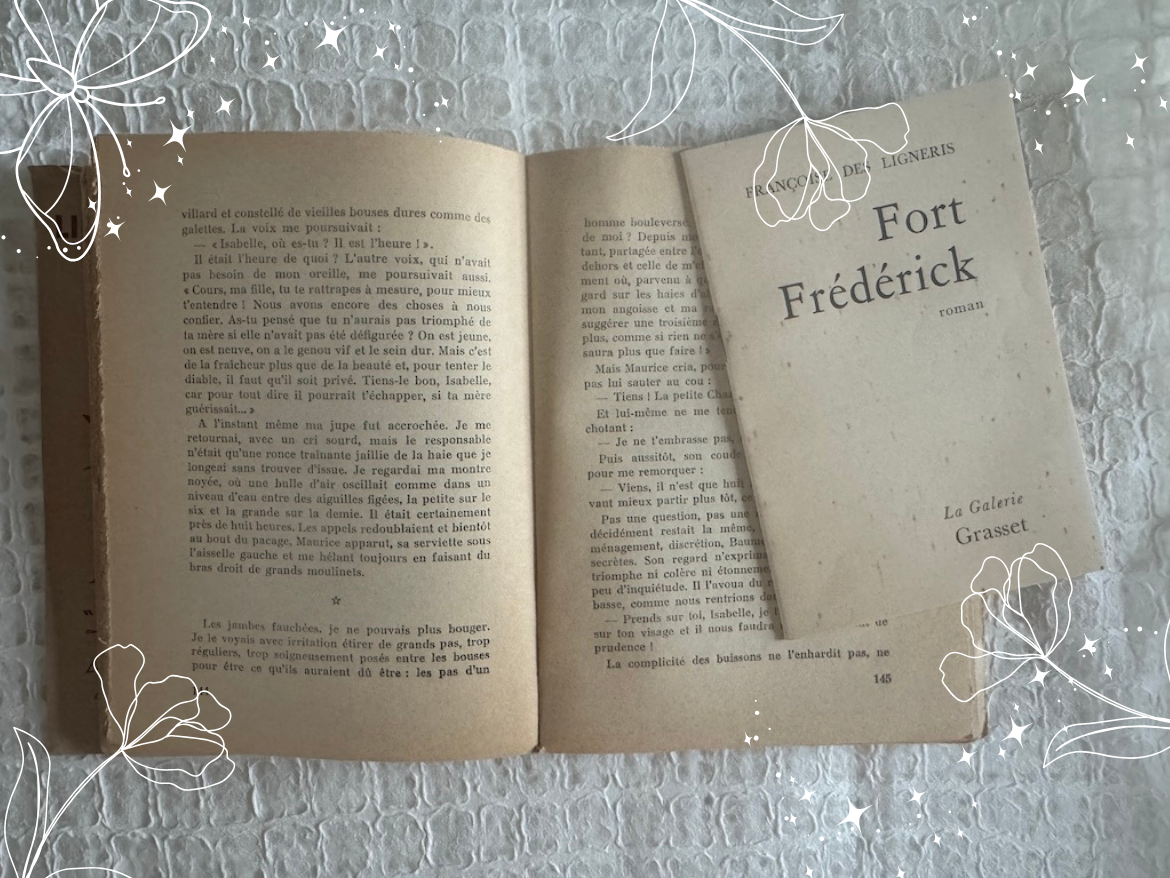These are not books, lumps of lifeless paper, but minds alive on the shelves.
My new hobby is perusing used bookstores for books to use in making art.
To be clear, this means ripping the book apart and torturing its pages with jabs and dabs of foreign objects, smears and smatterings of glues and concoctions—and sometimes, iron-hot heat.
Some call it art.
Well, that’s the goal—to make art. It’s usually considered a creative and fun endeavor.
However, it puts me into a conundrum.
One of my great strengths? Turning an innocuous, happy-go-lucky project into an existential Waterloo.
Let me explain.
I fetch an old book I once bought at a used bookstore from the credenza drawer filled with multimedia supplies, intending to rip the pages out—only to realize I’m holding a treasure. A simple glance, or a lock onto a particular word or phrase, opens a new, unexplored vein in my rock-hard perspective.
Now, the book feels too precious to ruin. If a simple glance can excite me, what other gems might await inside?
Holding the book, I’m reminded of the enormous effort it must have taken to write it and bring it to market. Having labored for months on my own book years ago (only to set it aside), I share at least some of an author’s experience. Beyond the writing, there’s the thinking, the grappling, the understanding, and the coming to conclusions—all before even beginning a relationship with the keyboard. It’s one thing to recall a childhood memory, for example, and quite another to understand what it means, how you feel about it, and then craft it into a coherent piece for the world.
And our thoughts on a subject evolve—because we are, quite literally, evolving.
When, for all that’s good in the universe, are we finished?
When is the clay baked already? For the very next second, what we’ve written might already feel outdated.
All this effort—for a reader we may never know.
No wonder so many writers never read their own work after publication.
And for all that, I want to keep the book intact—to honor the writer, and the story they poured into it.
I want to revive it to its original splendor—when its heart, its subject, was fresh and glowing, and its pages were crisp and bright.
I wonder whose eager eyes once twinkled with delight upon it.
I wonder what minds were better for having read it, what ideas fired up dormant brain cells, what passages instilled courage, what experiences helped someone to thrive.
Books help us live our best selves—nudging thought into unused spaces, jostling goosebumps to the surface, surging us with feeling like electric paddles on a heart at a moment of dread.
And when I pick up these used books—especially the frail, tattered ones I find tucked in the dark corners—I imagine I’m their last hope of being seen and understood.
What if they never were?
And so, I can’t bear to destroy them. Even though some might say I’m renewing them—transforming them into something else to be enjoyed instead.
The type, the words, the uneven, deckled pages beg me to indulge their contents. And when I do, I simply succumb to their magic. I can’t hurt them.
At this point, what can I do?
I promote them out of the drawer and into my display case—on a shelf, behind glass—where they can exist again, as intended, among fellow books waiting patiently for a life-giver—also known as a reader.
♥
The most beautiful pages for art are from very old books, yellowed with age, with uneven, deckled pages (and why photo copies don’t work well for this purpose). I finally found a book (see the main picture above) I can use for art. It’s written in the French language, a language I do not know. I find it easier to tear pages out of a book I can’t read.
Some favorite bookstores that sell used books (most of them ship):
- Keynote Used Records & Books — South Lake Tahoe, California
- Poet’s Corner Bookshop — Duncans Mills, California
- Four-Eyed Frog Books — Gualala, California
- Gallery Bookshop — Mendocino, California
Here are some examples of my works and others using torn paper and book pages.
Hover over the photo for the description or click on a photo for the slideshow and photo description. Then click on the arrow to the right to advance the slideshow.
Much of this art is done by journaling on the page meaningful words and phrases, often meant to be private, and then covering part or all of them with layers of multimedia materials, paints, inks, pens, etc. It’s very therapeutic to journal on a blank page. It also enables us to make the first marks on a page to simply get started. Blank canvases can be intimidating. All of these pieces consist of many, many layers.
Here are some used books I’ve purchased intending to use their pages for art, but couldn’t.





















2 comments
Love your book art collages, Deborah. You’re so creative!
Thank you, Sue! I’m definitely a newbie and I have so much to learn. But I absolutely love working with a multitude of materials.